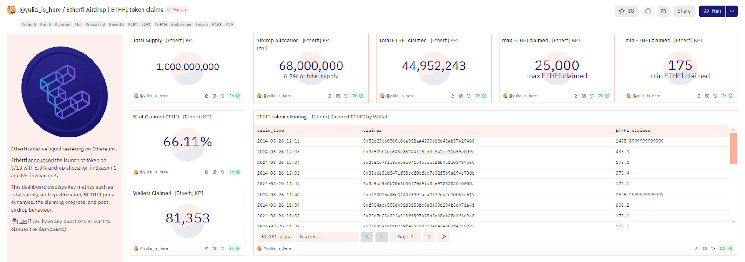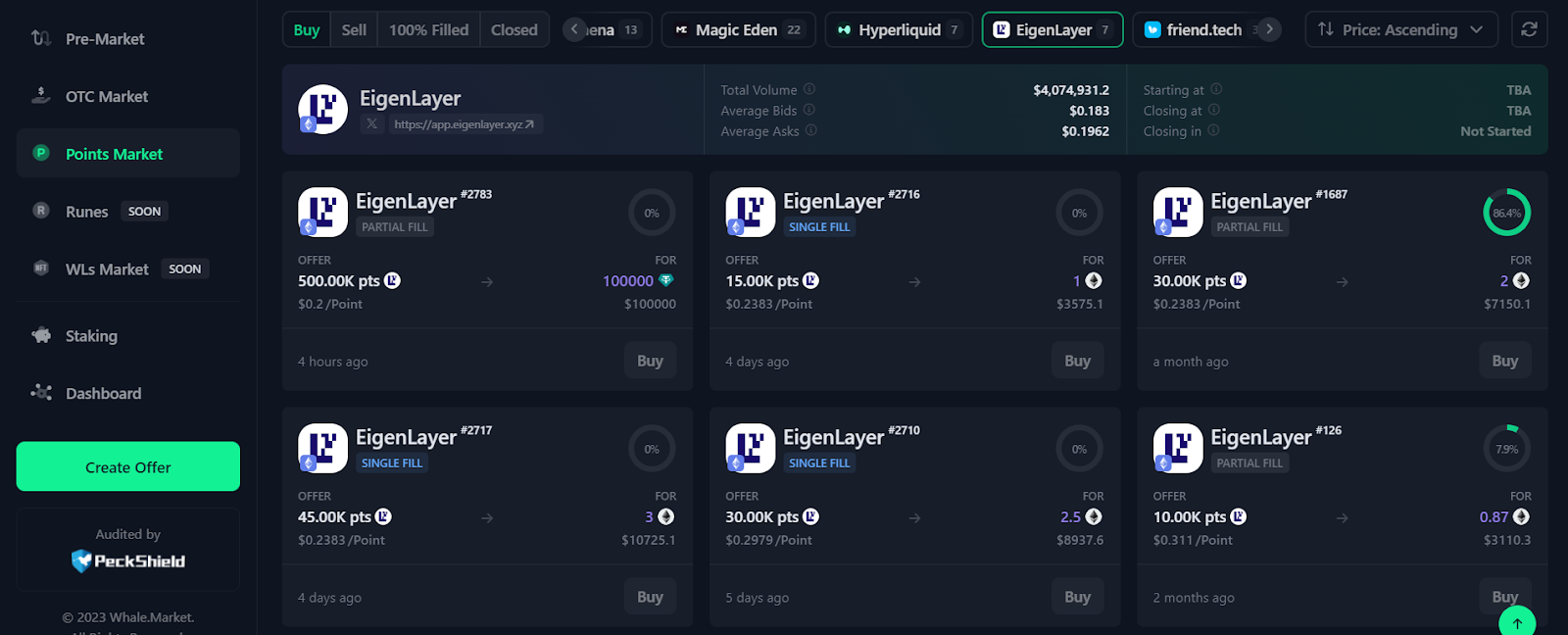Recently, among the emerging projects, the practice of launching reward campaigns through “airdrop points” is exploding, with the aim of encouraging the crypto community to interact as much as possible with a specific ecosystem.
These points, often converted into tokens exchangeable in the free market, underlie an ambiguous incentive mechanism, often criticized by industry experts for the lack of transparency and misleading advertising.
Let’s see everything in detail below.
Summary
The growing narrative of airdrop points and the abuse of loyalty programs in crypto communities
The crypto airdrop trend, born in the distant 2020 after Uniswap completed the distribution of UNI tokens among all early adopters of the decentralized platform, has evolved a lot to end up in the dark world of “points”.
Airdrop points are nothing more than a way to make a community more involved in a cryptographic incentive campaign, adding elements GameFi such as the typical scores of the gaming world.
Users are invited to participate in a loyalty program, carrying out various actions in the blockchain field, such as depositing assets on a blockchain, executing trades, staking (or restaking) a resource, completing tasks, fulfilling social duties and much more, under the promise of a rich reward.
So far nothing problematic, if not for the fact that according to some experts the current airdrop points systems pump the dopamine system of our brain pushing us to perform actions that we would not have done in the absence of such conditions.
Furthermore, these points are often part of unclear and disadvantageous programs for the end user, where there are no guaranteed rewards or a clear deadline: in short, the end user finds themselves in the middle of a wild west where they have to try to obtain as many points as possible in the hope of getting something of which they know very little.
Obviously, not all grass is the same: there are projects that manage points campaigns organized impeccably, where customers are protected and the program is carried out under the command of ethics.
However, many subjects often abuse this process by exploiting deceptive advertising and pushing the community to interact with an infrastructure potentially exposed to great risks (e.g. hack and/or exploits), where the game is not worth the candle.
This is a predatory system, where its participants are sometimes irrationally led to pay hefty fees for a benefit that is often insignificant and completely disproportionate to the task performed.
Furthermore, as highlighted by Hayden Adams, founder of Uniswap, we have reached a phase where we are more attracted to airdrop points from an off-chain database, rather than the tokens themselves that are meant to represent. We are increasingly shifting, sometimes mistakenly, the focus and goals of blockchain technology.
can't believe the current industry meta is tokens but we removed the transfer function and track them in an offchain database
— hayden.eth 🦄 (@haydenzadams) January 27, 2024
The hope is that in the future the world of emerging projects can carry out transparent point campaigns, where the end user knows in advance the type of reward and its value.
Therefore, greater ethics and fairness are needed for the contribution made, tending to decentralize current systems and involving and retaining various cryptographic communities without turning everything into a speculative bet.
The current best projects featuring point campaigns in view of the launch of a token
On the horizon we find dozens of projects ready to launch their own cryptocurrency through an airdrop, rewarding users who have accumulated the most points in various GameFi initiatives.
Although these campaigns, as highlighted in the previous paragraph, are based on practices that are not very transparent, the interest in the rewards associated with them is increasingly emerging, creating excitement within the market.
Recently Etherfi awarded all holders of “Loyalty points” who had previously staked ETH within the restaking platform, with a quantity of ETHFI tokens worth very attractive for the end user.
By locking up 1 ETH for 40 days, it was possible to obtain about 350 ETHFI tokens, valued at $2,170 at the time of writing the article. After deducting the fees for gas on the Ethereum network, the profit still remains quite substantial for this type of interaction.
In total, this airdrop has given a total of 421 million dollars to the community.

It is clear that not all projects will distribute a similar amount to their users, and it is equally clear that many airdrops will be a flop.
Stay at the hunter of airdrops choosing which horses to bet on and where to dedicate your resources the most in search of the highest score.
Think that to evaluate these points, whose equivalent value remains a mystery until the moment of the token drop, secondary markets have been created where they can be exchanged along with eligibility for a supposed airdrop.
Valuations are arbitrarily established based on the amount of financially VC obtained, the team’s promises, and the size of the cryptographic ecosystem in question.
Whales Market is the best marketplace for buying and selling points, where you can find any reference to existing incentive campaigns and loyalty programs.
The best projects that feature these point systems, currently still achievable through on-chain interactions are the following: Eigenlayer, Swell, Grass, Kamino, Drift Protocol, Blast, Ethena, Magic Eden, Renzo Protocol, and Hyperliquid.

 en.cryptonomist.ch
en.cryptonomist.ch